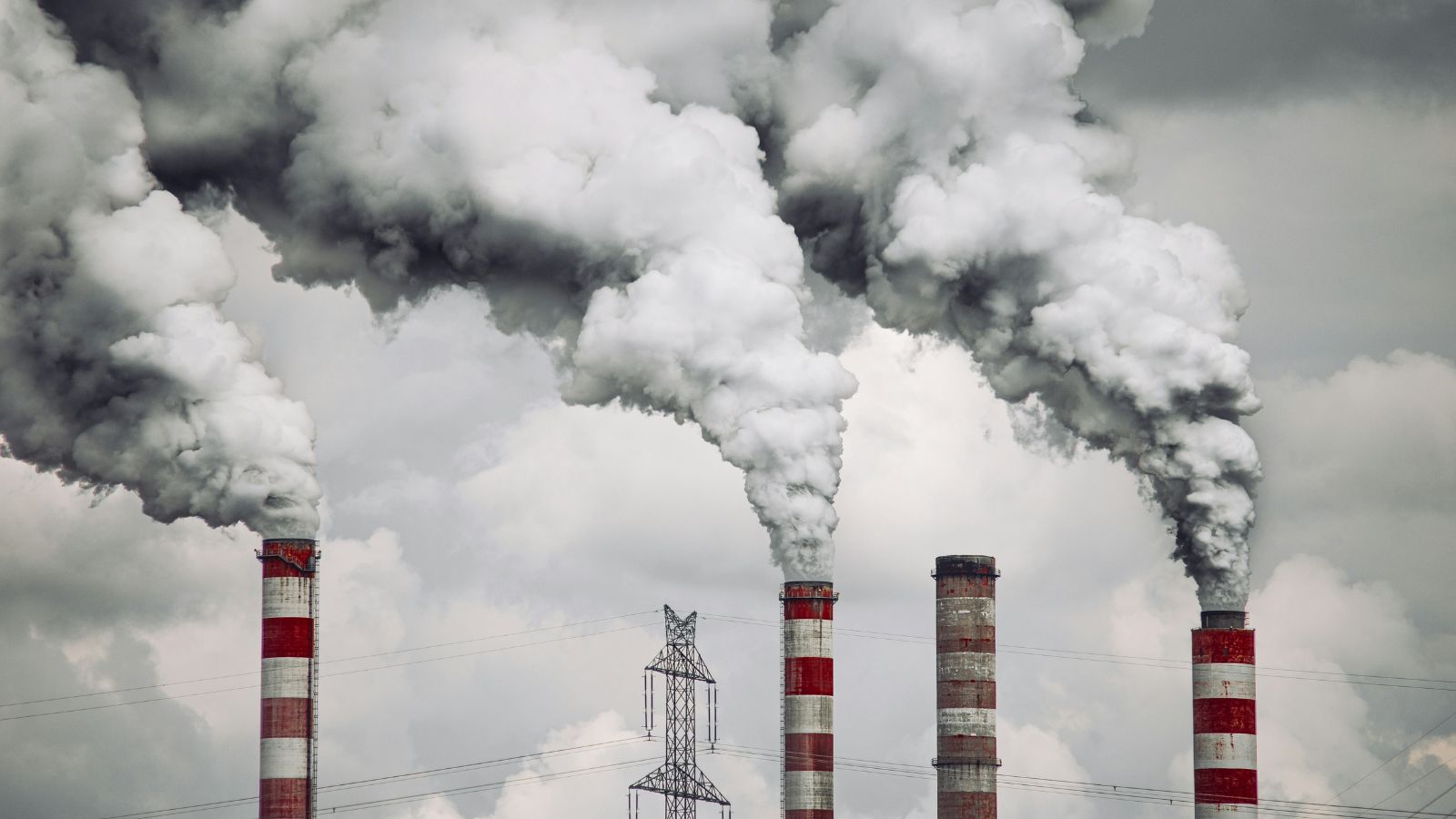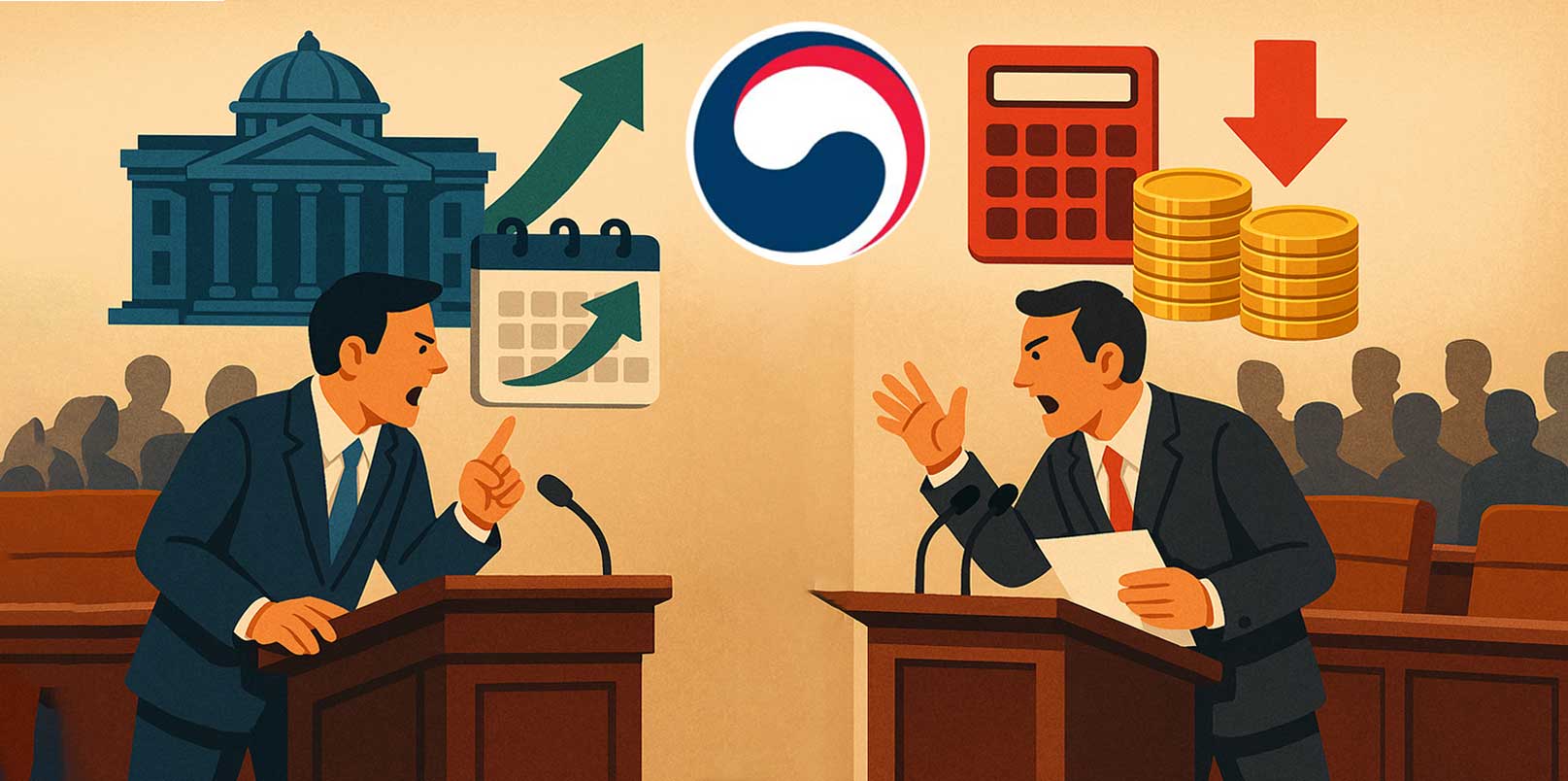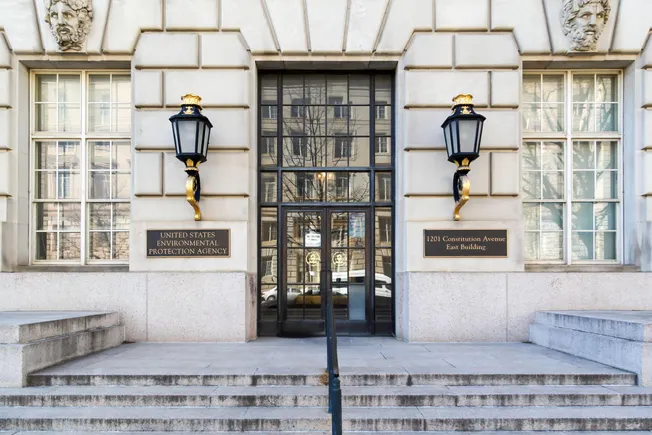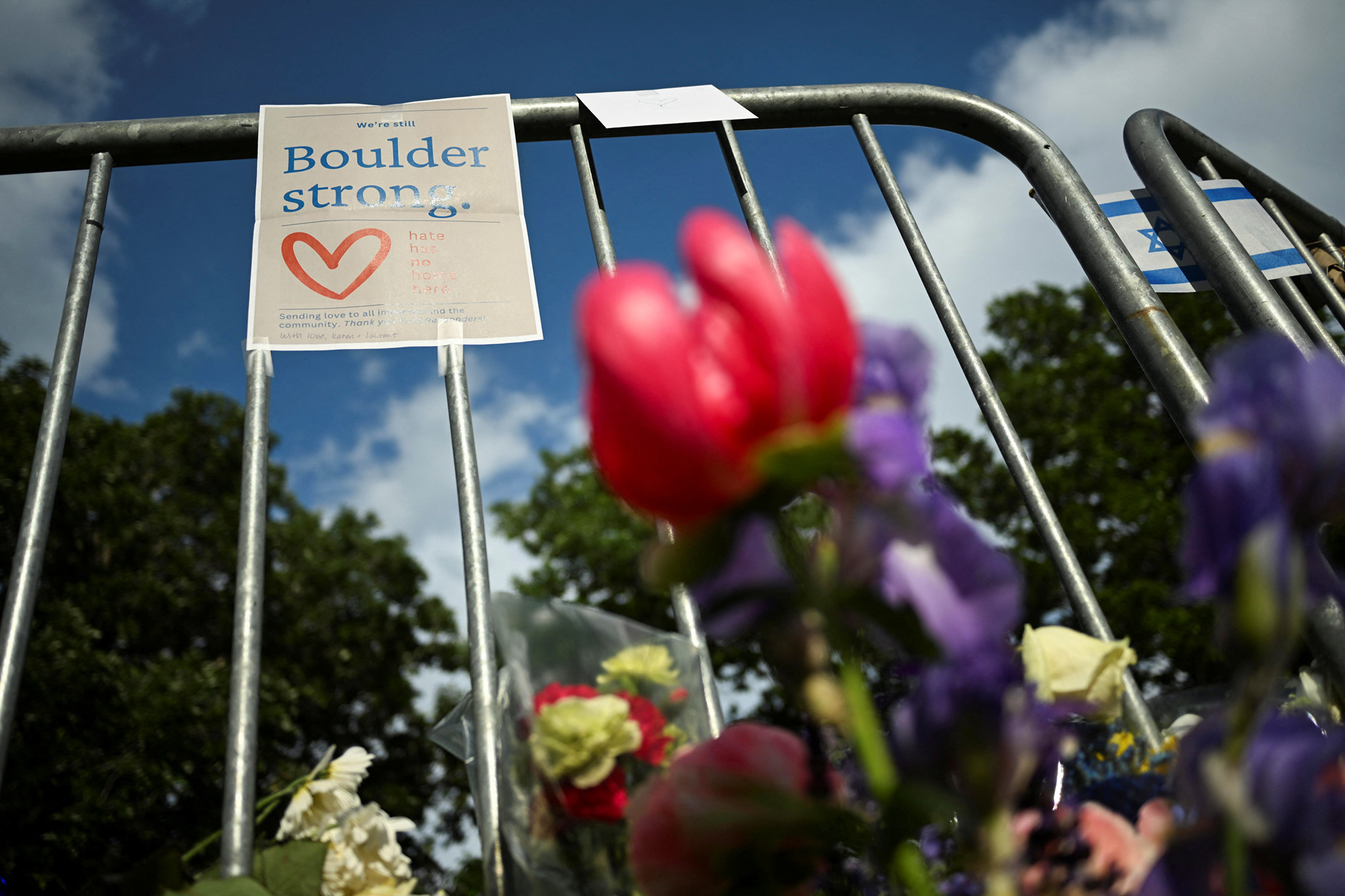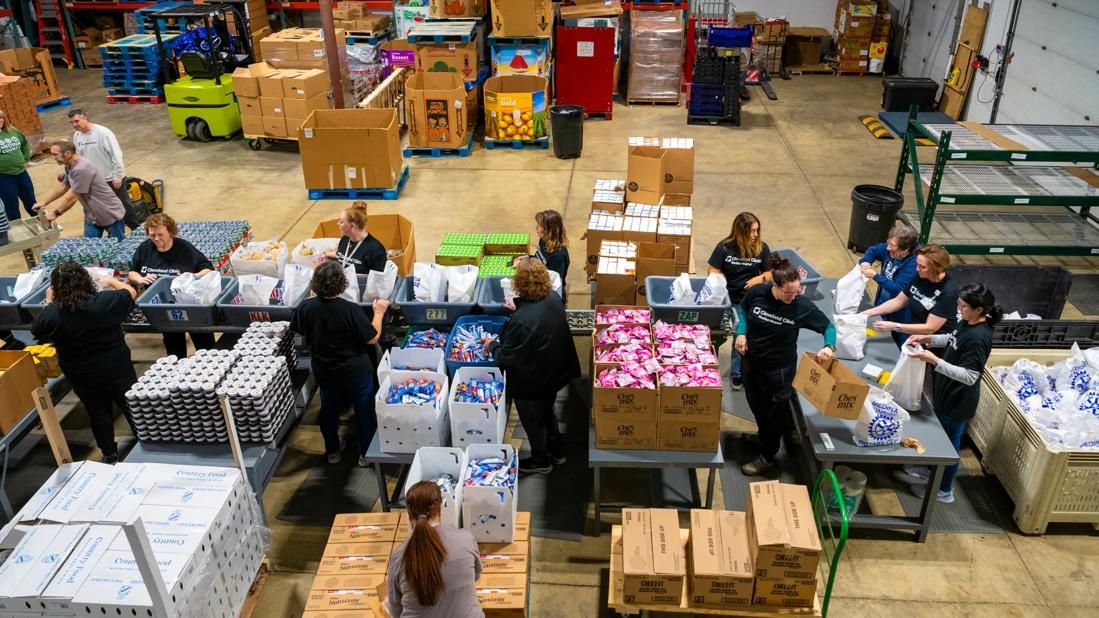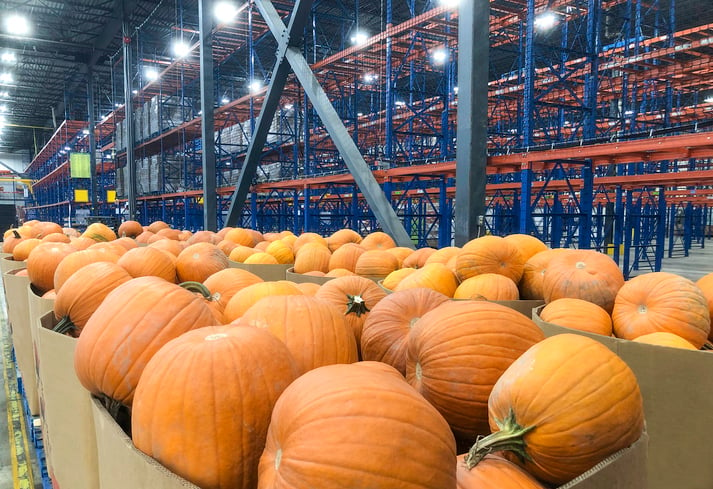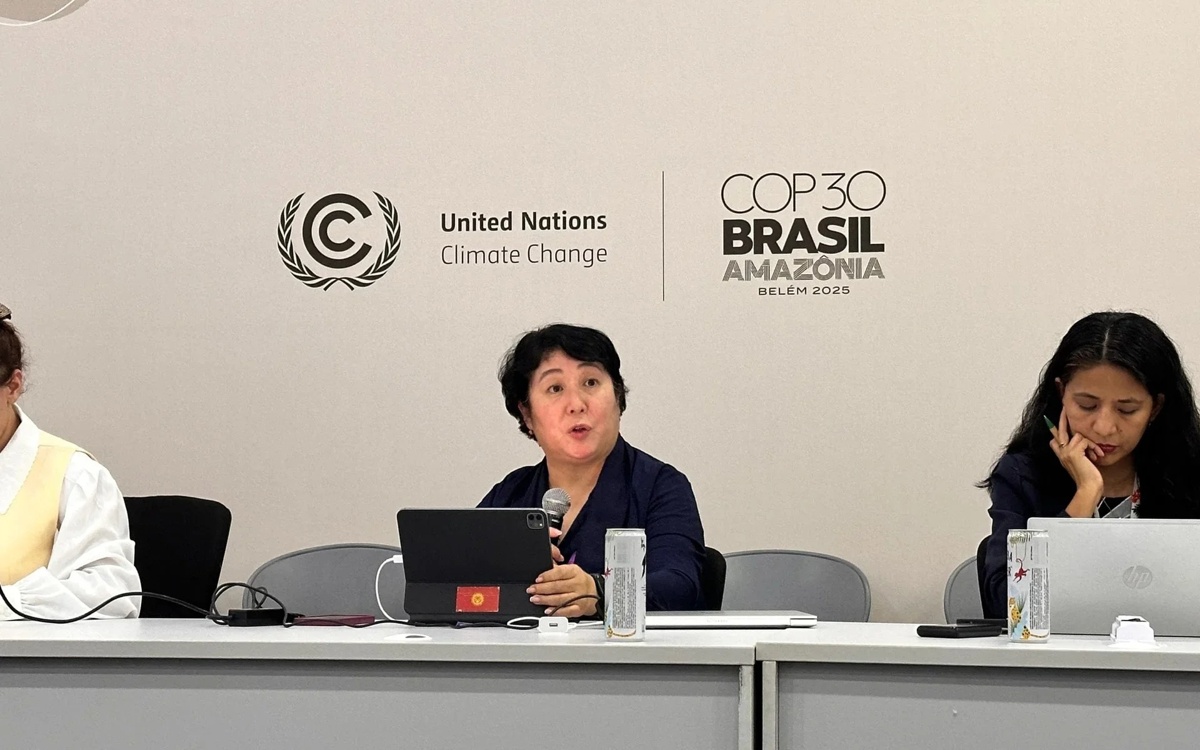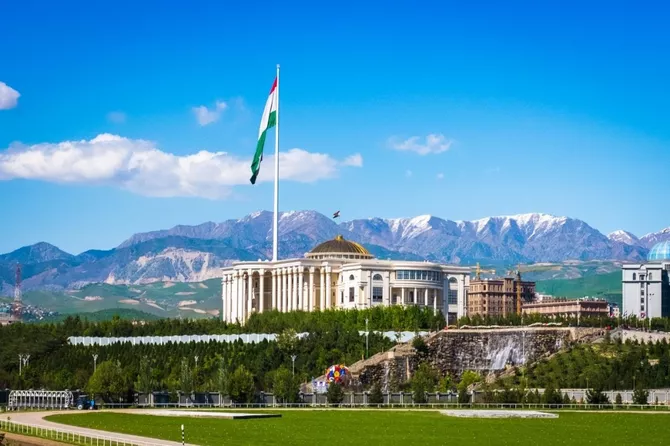Green Qassim initiative plants over 7.5m trees in major afforestation push – Arab News

Report on the Green Qassim Land Initiative and its Contribution to Sustainable Development Goals
Initiative Overview and Core Objectives
The Green Qassim Land Initiative, launched in 2016, represents a significant environmental undertaking within the Kingdom of Saudi Arabia. Its primary mission is to advance key sustainability targets through a structured, multi-phase afforestation program. The initiative’s 15th phase resulted in the planting of 7,521,316 trees across the Qassim region’s cities, governorates, and villages.
- Primary Goal: To enhance vegetation cover, combat desertification, and improve the quality of life for residents.
- Operational Strategy: The initiative is executed in two annual phases, March and October, to capitalize on optimal climatic conditions for tree growth and long-term sustainability.
- Governance: The program operates with support from Qassim Governor Prince Faisal bin Mishaal bin Saud and under the oversight of the Minister of Environment, Water and Agriculture, Abdulrahman Al-Fadhli.
Alignment with Sustainable Development Goals (SDGs)
The Green Qassim Land Initiative is explicitly aligned with the United Nations’ 2030 Agenda for Sustainable Development. It has received international recognition at the High-Level Political Forum on Sustainable Development Goals for its integrated approach that balances environmental, economic, and social dimensions. The initiative serves as a practical model for achieving multiple SDGs simultaneously.
Detailed Contributions to Specific SDGs
- SDG 15: Life on Land: The core activity of planting millions of trees directly addresses this goal by restoring terrestrial ecosystems, combating desertification, and halting biodiversity loss.
- SDG 13: Climate Action: Through large-scale afforestation, the initiative contributes to climate change mitigation by increasing carbon sequestration and building resilience to climate-related hazards.
- SDG 11: Sustainable Cities and Communities: By increasing green spaces, the initiative improves the urban environment, enhances air quality, and drives sustainable urban transformation, thereby improving the overall quality of life.
- SDG 17: Partnerships for the Goals: The program’s success is a testament to effective multi-stakeholder collaboration, uniting government agencies, the private sector, environmental groups, and volunteers to achieve a common environmental objective.
- SDG 8: Decent Work and Economic Growth: The initiative has generated hundreds of green jobs, contributing to sustainable economic growth and supporting employment, particularly in rural areas.
- SDG 6: Clean Water and Sanitation: Enhanced vegetation cover contributes to the protection and restoration of water-related ecosystems, supporting the sustainable management of water resources.
- SDG 12: Responsible Consumption and Production: The program promotes environmental volunteering and raises community awareness, encouraging sustainable practices and environmental responsibility among the populace.
Conclusion and National Significance
The Green Qassim Land Initiative is a cornerstone of the Kingdom’s broader environmental strategy, supporting the Saudi Green Initiative and the Quality of Life Program under Vision 2030. Its tangible results and successful partnership model have established it as a prominent national and regional example of effective action toward achieving global sustainability targets.
Sustainable Development Goals (SDGs) Addressed
- SDG 15: Life on Land
- SDG 13: Climate Action
- SDG 11: Sustainable Cities and Communities
- SDG 8: Decent Work and Economic Growth
- SDG 17: Partnerships for the Goals
- SDG 6: Clean Water and Sanitation
- SDG 12: Responsible Consumption and Production
Specific SDG Targets Identified
-
SDG 15: Life on Land
- Target 15.2: Promote the implementation of sustainable management of all types of forests, halt deforestation, restore degraded forests and substantially increase afforestation and reforestation globally. The article highlights the initiative’s core mission of afforestation, having planted “a total of 7,521,316 trees” to “enhance vegetation cover.”
- Target 15.3: Combat desertification, restore degraded land and soil. The article explicitly states that the initiative is part of a plan to “combat desertification.”
-
SDG 13: Climate Action
- Target 13.3: Improve education, awareness-raising and human and institutional capacity on climate change mitigation. The article notes the initiative “raises community awareness and promotes environmental volunteering, reflecting rising societal awareness of afforestation’s importance.” It is also described as a key effort in “supporting the Kingdom’s broader strategy to… combat climate change.”
-
SDG 11: Sustainable Cities and Communities
- Target 11.7: Provide universal access to safe, inclusive and accessible, green and public spaces. The initiative’s work in planting millions of trees across “cities, governorates, and villages” contributes directly to creating green spaces, which in turn helps to “improve quality of life” and drive “sustainable urban transformation.”
-
SDG 8: Decent Work and Economic Growth
- Target 8.5: Achieve full and productive employment and decent work for all. The article directly mentions that the initiative has resulted in “creating hundreds of green jobs” and “supports goals related to rural employment.”
-
SDG 17: Partnerships for the Goals
- Target 17.17: Encourage and promote effective public, public-private and civil society partnerships. The article credits the initiative’s success to “strong cooperation among government agencies, the private sector, environmental groups, and volunteers.”
-
SDG 6: Clean Water and Sanitation
- Target 6.6: Protect and restore water-related ecosystems, including mountains, forests, wetlands, rivers, aquifers and lakes. The article explicitly states that the initiative “supports goals related to… clean water.” Afforestation is a primary method for restoring forest ecosystems, which are vital for water cycle regulation.
-
SDG 12: Responsible Consumption and Production
- Target 12.2: Achieve the sustainable management and efficient use of natural resources. The article mentions the initiative supports goals related to “responsible consumption and production” and is a model that balances “environmental, economic, and social dimensions” to “achieve sustainability.”
Indicators for Measuring Progress
-
SDG 15: Life on Land
- Indicator (Direct): The number of trees planted. The article provides a precise figure: “a total of 7,521,316 trees.” This directly measures progress in afforestation.
- Indicator (Implied): Change in vegetation cover. The stated goal to “enhance vegetation cover” implies that measuring the area of land with increased vegetation would be a key indicator.
-
SDG 13: Climate Action
- Indicator (Implied): Level of community engagement and awareness. The article points to “rising societal awareness” and the participation of “volunteers” as evidence of success, which can be measured through surveys or participation rates.
-
SDG 11: Sustainable Cities and Communities
- Indicator (Implied): Improvement in quality of life. The article mentions the goal to “improve quality of life,” which could be measured through resident satisfaction surveys or other social metrics related to urban living environments.
-
SDG 8: Decent Work and Economic Growth
- Indicator (Direct): Number of jobs created. The article specifies the creation of “hundreds of green jobs,” a direct quantitative measure of economic impact.
-
SDG 17: Partnerships for the Goals
- Indicator (Qualitative): Existence and effectiveness of multi-stakeholder partnerships. The article describes the “strong cooperation among government agencies, the private sector, environmental groups, and volunteers” as a key success factor, serving as a qualitative indicator of a successful partnership.
Summary of Findings
| SDGs | Targets | Indicators |
|---|---|---|
| SDG 15: Life on Land | 15.2: Increase afforestation and reforestation. 15.3: Combat desertification. |
Direct: 7,521,316 trees planted. Implied: Increase in land area with vegetation cover. |
| SDG 13: Climate Action | 13.3: Improve education and awareness-raising on climate change mitigation. | Implied: Level of community awareness and number of environmental volunteers. |
| SDG 11: Sustainable Cities and Communities | 11.7: Provide access to green and public spaces. | Implied: Improvement in quality of life metrics for urban residents. |
| SDG 8: Decent Work and Economic Growth | 8.5: Achieve full and productive employment. | Direct: “hundreds of green jobs” created. |
| SDG 17: Partnerships for the Goals | 17.17: Encourage effective public, public-private and civil society partnerships. | Qualitative: Description of cooperation between government, private sector, and volunteers. |
| SDG 6: Clean Water and Sanitation | 6.6: Protect and restore water-related ecosystems. | Implied: Restoration of forest ecosystems vital for the water cycle. |
| SDG 12: Responsible Consumption and Production | 12.2: Achieve sustainable management of natural resources. | Implied: Implementation of projects that balance environmental, economic, and social dimensions. |
Source: arabnews.com

What is Your Reaction?
 Like
0
Like
0
 Dislike
0
Dislike
0
 Love
0
Love
0
 Funny
0
Funny
0
 Angry
0
Angry
0
 Sad
0
Sad
0
 Wow
0
Wow
0



